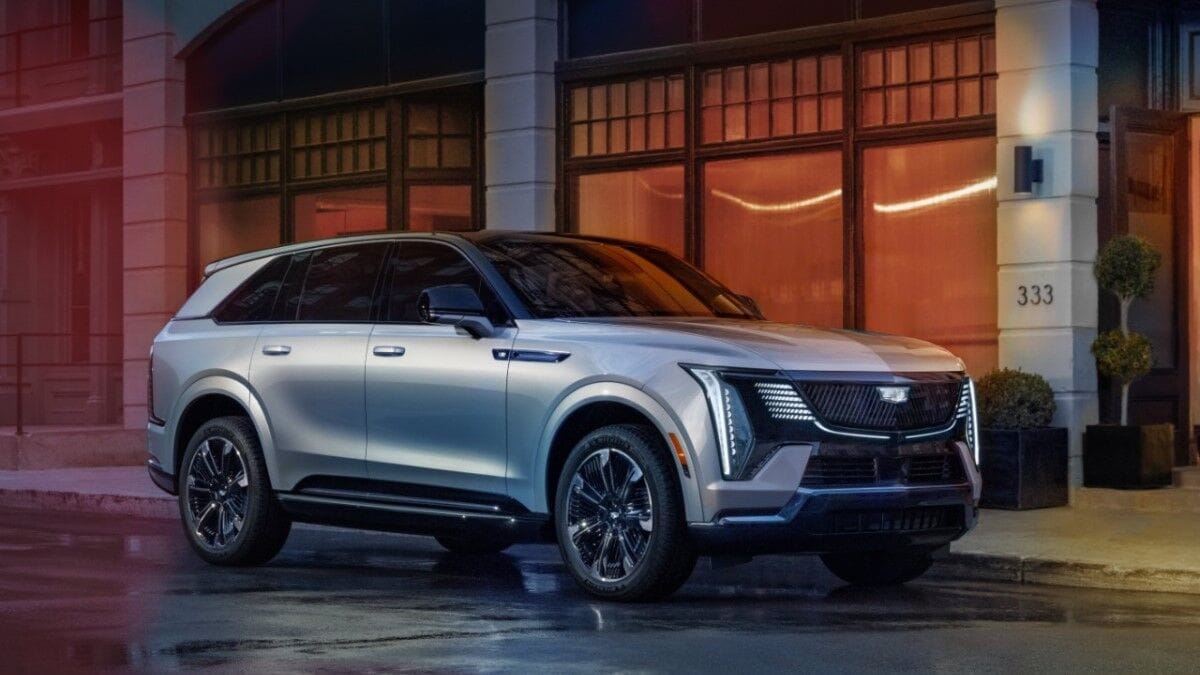
It will be a long time before the last one rolls to a stop. But with the right kind of eyes, you can now almost see the high water mark – that place where the wave will finally break and roll back. The number of gas-powered cars on the streets of California is on course to begin to shrink by January 1, 2035.
Later today, California regulators are widely expected to ban the sale new of gasoline-powered cars in the state by 2035.
The media is largely treating the move as new, but it isn’t. State Gov. Gavin Newsom issued an executive order nearly two years ago banning the sale of new internal-combustion-powered cars in California by 2035. What’s new here is that a state government agency will likely vote to adopt rules explaining how that shift will happen.
In some ways, the auto industry seems prepared for the move. The number of electric cars available for sale in the U.S. has soared this year – there could be more than 100 to choose from by the end of 2023.
In other ways, it isn’t. California has more than 17 million registered cars – more than twice as many as the next most populous state. It doesn’t have the infrastructure to support taking them all electric. Under the order, it would have less than 13 years to build it.
It’s About Air Pollution
Now that there are dozens of practical electric cars on the market, advocates have raised many reasons to consider banning internal combustion engines in vehicles. But California’s move comes courtesy of a government agency charged with stewardship of the air.
The California Air Resources Board (CARB) – created by Gov. Ronald Reagan in 1968 – won’t explicitly ban gasoline- or diesel-powered cars. Instead, it will require that all new cars sold in the state by 2035 be free of greenhouse gas emissions.
CARB says tailpipe emissions are the leading contributor of carbon dioxide to California’s air pollution problem, making up about 40% of the state’s total greenhouse gas emissions.
The New York Times reports, “the new rule will cut greenhouse gas emissions from passenger vehicles by more than 50 percent in 2040 from the levels that were expected without the policy.” According to CARB, that amounts to more than 915 million barrels of oil saved.
Used Cars, Out-of-State Cars Still Allowed
The rule won’t stop anyone from driving a gasoline-powered car they bought before it goes into effect.
It won’t ban the sale of used gasoline-powered cars. CARB’s website explains that “gasoline cars will eventually be retired, leaving the fleet 100% electric. It will take many years for this to occur.”
It won’t prevent people from moving to California and titling a gas-powered car bought in another state there. And, though the details of the proposal are still resolving, it seems unlikely that California would attempt to bar its own residents from car shopping in other states.
The Rule Phases In
The rule sets a series of interim targets.
In 2021, about 16% of new cars registered in California were zero-emissions cars or plug-in hybrids. The new rule will require 35% of new passenger cars sold in California by 2026 to produce zero emissions. That requirement climbs to 68% in 2030 and 100% in 2035.
It Allows More Than Just Electric Cars
Banning cars that produce greenhouse gasses would permit electric cars and hydrogen-powered cars. America has a small market for hydrogen fuel-cell cars like the Toyota Mirai. It’s concentrated almost entirely in Southern California, home to 42 of the nation’s 44 hydrogen refueling stations.
The Los Angeles Times reports that some plug-in hybrid vehicles with gasoline-powered engines could also be allowed. “Those so-called PHEVs, however, must be able to run at least 50 miles on batteries before switching to gas.”
Auto Industry Broadly Supportive
For several years, America’s automakers have been shifting toward electric vehicles (EVs). Many issued statements supporting the Golden State’s move.
“General Motors and California have a shared vision of an all-electric future,” said GM spokesperson Elizabeth Winter. Ford Chief Sustainability Officer Bob Holycross said the move would “set an example for the United States.”
Honda, in a statement, called the rule “an ambitious but important milestone.”
More Than a Dozen States May Follow
California may be just the first state to set a target date for the end of new gas-powered car sales. When the state adopted its own low-emissions vehicle regulations more stringent than federal standards, 17 other states followed suit.
The New York Times reports, “If those states follow through, and most are expected to adopt similar rules, the restrictions would apply to about a third of the United States auto market.”
Part of a Global Trend
At least 20 countries have proposed zero-emissions vehicle requirements, including some of the leading producers of cars. Germany, Japan, and South Korea – all of which sell many vehicles in the U.S. – have issued their own plans to end internal combustion engine production, though target dates and specifics of the plans vary.
Earlier this year, 28 countries at the United Nations Climate Change Conference (or COP26) signed the so-called Glasgow Declaration — a commitment to “work towards all sales of new cars and vans being zero emission by 2040 or earlier, or by no later than 2035 in leading markets.”
Affordability, Infrastructure Still Issues
Americans are adopting electric cars with increasing speed. One study suggests that 5% is a crucial tipping point – once 5% of a country’s new car sales are EVs, adoption speeds up. America hit that 5% mark in the second quarter of this year.
But electric cars won’t make sense for everyone in California until the state builds enough charging infrastructure to keep up with 17 million EVs.
Electric car charging stations don’t need to be as numerous as gas stations because most EV owners do most of their charging at home. But one recent study found that only four states have fewer chargers per 1,000 EVs than California.
Affordability is also a problem. Electric cars currently carry an average sticker price of over $66,000 – nearly $18,000 higher than the average gasoline-powered car.
A recent change to federal law made federal EV tax incentives harder than ever to qualify for. California has extensive programs to help its citizens afford EVs, but many are underfunded or haven’t kept pace with price increases. That renders them useless for many Californians.
Electric Car Rebates and Incentives: What to Know By State
CARB’s rule will give the state more than 12 years to solve those problems.







